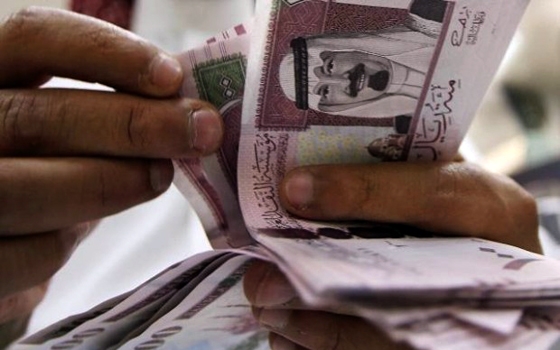Growth in Saudi Arabia appears to be gathering pace, with a rise in oil production and continued strong consumer demand likely to boost GDP in the second half of the year. While inflationary pressures could arise as a result, analysts expect any price increases to be moderate over 2013.
According to data released by state agencies at the beginning of September, the Saudi economy posted real GDP growth of 2.7% year-on-year (y-o-y) in the second quarter. While this was up from 2.1% in the preceding three months, it is below the 5.1% and 8.6% expansion recorded in 2012 and 2011, respectively.
The rise in the second quarter was driven by the non-oil sector, which increased by 4.5%, marginally up on the 4.4% of the preceding three months. This growth was fuelled in part by state spending, which fed into the construction, industrial, transport and general government service sectors.
Meanwhile, the hydrocarbons sector showed an improvement over its 6.3% y-o-y decline in the first quarter, but it was still down by 3.7% in the April-June period, as oil production remained below 2012 levels. “It is the oil story that is putting a dampener on headline growth,” John Sfakianakis, chief investment strategist at Riyadh-based investment firm Mohammed Al Subeaei & Sons Investment Company, told Reuters.
Oil sector tipped to lift performance in H2
Despite its contraction in the first two quarters, activity in the oil sector is expected to revive in the second half of the year, according to a report issued on September 7 by Riyadh-based research firm Jadwa Investment. Commenting on the second quarter results, Fahad Alturki, Jadwa’s head of research, said, “We expect y-o-y economic growth to pick up in the third quarter as the contribution of the oil sector improves.”
Early results suggest that Alturki’s prediction is likely to be realized. According to information issued by the Joint Organizations Data Initiative, a group whose members include OPEC and the UN, Saudi Arabia’s oil production and exports increased in July, with output rising to just over 10m barrels per day (bpd), an increase of almost 400,000 bpd over the previous month, while exports were up by 155,000 bpd over the June figure.
Estimates for year-end GDP growth vary, ranging from a low of around 3.6% to an upper point of 5.3%, with the lack of consensus stemming from analysts’ assessments of how strongly the oil sector will rebound and the degree to which state spending will drive the economy. In its Article IV staff report, published in July, the IMF projected GDP growth of 4% in 2013 and 4.4% in 2014.
Inflationary pressures could pick up
In its report, the IMF also noted that the rate of inflation was “moderate”, although it added that it was rising in the first months of 2013. In August, the Central Department of Statistics and Information released its consumer price index inflation figures for July, showing a 3.7% rise in prices, up from 3.5% in June, mainly due to an increase in food and housing prices. This placed Saudi Arabia above GCC members Qatar, Bahrain, Kuwait and the UAE, but below regional trading partners such as Turkey and Jordan.
Analysts have noted that inflation could pick up later this year, largely due to domestic demand, with international conditions – particularly global food prices – less of a concern. In a report issued in August, Jadwa Investment said that it expected “domestic inflationary pressure to remain relatively strong,” driven by high consumer spending, low interest rates and an increase in bank lending.
London-based Capital Economics predicts that inflation will stay between 3.5% and 4% this year, in line with the IMF’s projection of 4%. The research firm noted that despite “fairly robust domestic demand”, core inflation – which removes the effect of food and energy price changes – stood at 2.0% y-o-y in July, down from 3.1% at the beginning of the year. Moreover, should inflation emerge as a serious concern for policymakers, the government has the option to scale back its spending programs to dampen consumer demand.
Oxford Business Group
7 October






















































